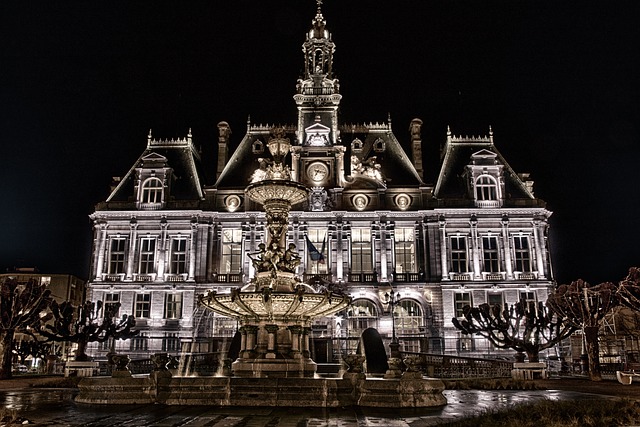When we think about religious practices, many of us envision grand cathedrals, ornate rituals, and powerful sermons echoing through towering halls. Yet, often overlooked are the intimate gatherings that take place in community centers and smaller spaces, where the essence of hall liturgy comes to life. These settings offer a unique lens into sacred traditions that bind communities together.
Hall liturgy is not merely a series of rituals; it is an embodiment of faith, a collective expression of beliefs shared among individuals seeking solace, enlightenment, and connection. Within these walls, diverse religious practices reflect personal and communal heritages. From prayer gatherings to study groups, the hall liturgy becomes a space where the sacred meets the everyday.
At its core, hall liturgy encapsulates the simplicity and profundity of worship. Rather than the grandiosity often associated with large religious institutions, these smaller venues foster closeness and authenticity. People openly share their interpretations of sacred texts, express their struggles, and support one another through communal prayers. This participatory nature enriches the spiritual experience, reminding us that faith is not just a solitary journey but one that thrives in fellowship.
The specific traditions and practices observed within hall liturgy vary widely depending on cultural and religious contexts. For instance, a congregation may incorporate music, inviting participants to sing hymns or chant prayers, creating an atmosphere that resonates with joy and unity. In another hall, you might find silence honored through meditation, providing a contemplative space for reflection and healing. Such diversity underscores the richness of spiritual expression found within smaller religious gatherings.
Moreover, hall liturgy often emphasizes inclusivity and accessibility. Unlike larger, more formally structured services, individuals from all walks of life are welcomed, enabling them to explore their spirituality in a nurturing environment. This open invitation fosters a sense of belonging, allowing participants to engage deeply with their faith and with one another. It is this very essence of community that forms the foundation for growth and understanding.
In considering the impact of hall liturgy, we can also reflect on how these traditions adapt to contemporary issues. Many faith communities engage in social initiatives, intertwining their liturgical practices with movements for justice and support. This response to the world outside their walls exemplifies how spiritual gatherings can serve as a catalyst for change, inspiring members to take part in acts of compassion and service beyond their immediate surroundings.
As we explore the sacred traditions embodied in hall liturgy, we are reminded of the beauty in simplicity and the strength found in community. Each gathering, each ritual, becomes a thread in the rich tapestry of faith that unites individuals across time and space. In this shared journey, participants discover not only the divine but also the essence of humanity, bringing forth a spiritual engagement that resonates with profound significance.
In light of these reflections, let us cherish and celebrate the hall liturgy as a vital expression of our collective spirituality. From the whispers of prayers to the warmth of shared stories, these gatherings invite us to explore the divine in our midst, allowing faith to flourish in intimate and meaningful ways.




